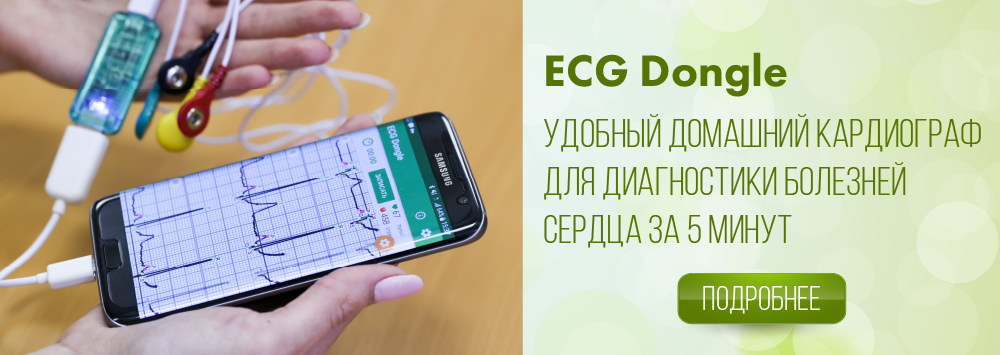Index Baevsky
Index Baevsky is an index showing the degree of centralization in the management of the heart rhythm. It is calculated by electrocardiogram, using a special formula. It was named after the Russian scientist Roman Markovich Baevsky, who first applied it.
Normally, in a calm state, the heart rhythm is mainly regulated by own pacemaker and by those local influences that come from sympathetic and parasympathetic ganglia, and also by the level of certain hormones in the blood. In this case, the frequency of the heart rhythm fluctuates wavy, the time difference between individual heart beats is sufficiently large and the index is low.
In conditions requiring high alertness, rapid response, in stress and certain pathological conditions, more highly organized structures of the brain (the trunk and cortex of the brain) are connected to the regulation of the heart rhythm. The rhythm becomes more regular, the time between beats becomes the same. This is the so-called "hard rhythm". The index is greatly increased.
With pathological heart conditions, the index also increases, and with a high risk of myocardial infarction, it can exceed 500-600 conventional units In people with a healthy cardiovascular system, against a background of stress, increased attention and readiness, this figure sometimes rises to 200-300 conventional units. And the higher this indicator is the stronger the level of stress is. It is interesting to note that the index also increases in patients with increased anxiety, even if the cause of anxiety is not realized. And this index can be a fairly reliable objective indicator of the effectiveness of psychotherapy of anxiety states.

